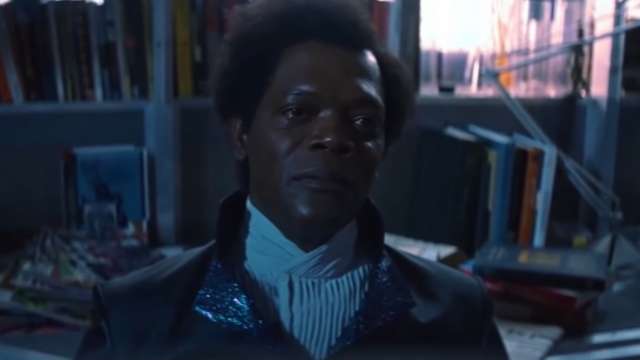
Most of the time (not all of the time), audiences and critics can spot crap at movie theaters easily. To paraphrase Potter Stewart: a bad movie may be hard to define, but you know it when you see it. And that initial verdict has a tendency to stick. Wooden dialogue, a poor actor, or an incompetent director will not, with the passage of time, become magically better. Of course, there are some bad movies become ironically beloved, or fall into that self-aware “so bad it’s good” territory.
However, there’s a smaller group of movies that are too ahead of their time—too radical, groundbreaking, and weird—and are panned at the time of their release. They have since been critically rehabilitated and rediscovered, as public tastes have matured and changed.
Here are 7 great movies that were originally misunderstood, but were later rediscovered and rehabilitated. If you like this gallery, check out our look at Samuel L. Jackson’s greatest performances, as well as our ranking of M. Night Shyamalan’s twists. Shyamalan’s newest movie, Glass, is out now in theaters.
7. Fantasia (1940)
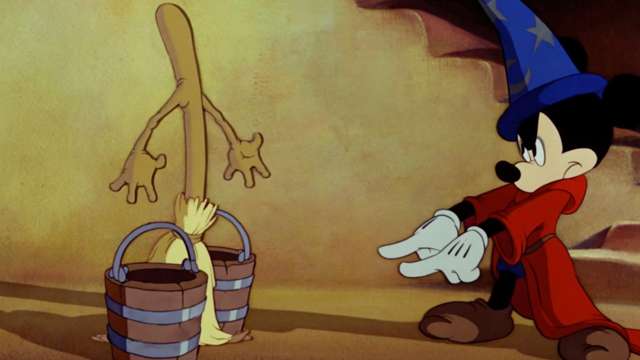
Fantasia was Walt Disney’s pet project. He envisioned it as an ongoing, ever-changing experience, where classical music would be matched to animated sequences; as time went on, the best sequences would be retained, and new ones would be added. But the project never got off the ground, because the first film flopped so terribly. In the ’60s it was rediscovered as a mind-expanding art film, when the hippie culture embraced its bright, swirling colors. Another attempt at restarting the Fantasia project took place in in 1999, when the Disney company released Fantasia 2000. It also performed poorly.
6. Psycho (1960)
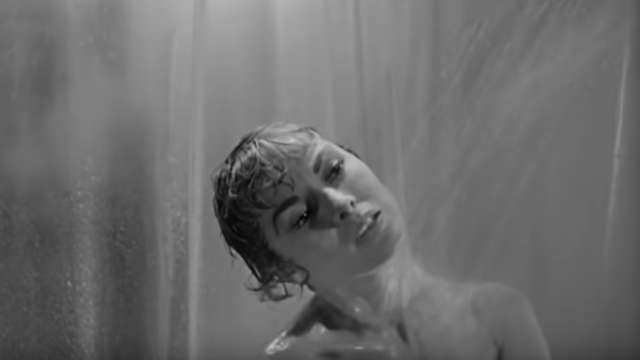
Psycho is Hitchcock’s most well-known film. At the time of its release, though, it was seen as second-rate, low class and vulgar. The Oedipal overtones between Mrs. Bates and Norman freaked audiences out, and the shower scene, which reads on a more figurative level as a sexual assault, violated critics’ sensibilities. But modern audiences are more desensitized. And the once-derided shower scene is now seen as a master class in filmmaking: 52 cuts were edited together to create the impression of violence, even though the knife’s blade never once touches Janet Leigh’s skin.
5. The Shining (1980)
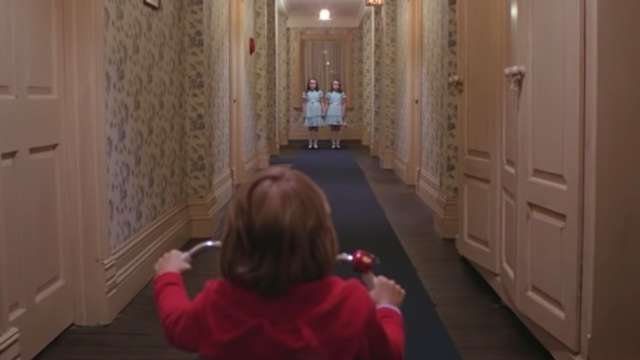
When Stanley Kubrick’s The Shining came out in 1980, it received mixed reviews. Jack Nicholson, who had previously played an insane person in One Flew Over the Cuckoo’s Nest, was criticized as typecast. Shelley Duvall, who played his wife, was derided as shrill and unsympathetic. And Stephen King, who wrote the original novel, famously disliked the movie; he felt it was extremely well-made, but lacked any warmth or heart at its core. But popular culture has been kind to The Shining. So many scenes have been paid tribute to and parodied in the years since. The blood spilling out of the elevator. The twins in the hallway. And of course, the indelible image of Jack axing his way through the door, yelling “Heeere’s Johnny!” as he tries to REDRUM his wife.
4. Blade Runner (1982)
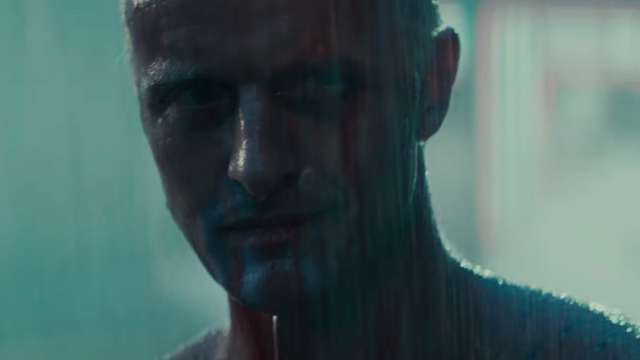
Blade Runner was a forerunner of the cyberpunk genre; its moody neon lighting and slow pace has influenced scores of science fiction films that came after it. So it’s hard to believe that at the time of its release, the film didn’t make back its budget and split critics down the middle. Some of this has to do with timing. Lead actor Harrison Ford was fresh off playing Han Solo in Star Wars, and audiences expected something different than what they got. But critical opinion has since changed, and filmmaker Ridley Scott has gone back and recut the film several times to get it closer to his original vision. A sequel, Blade Runner 2049, was released in 2017.
3. Eyes Wide Shut (1999)

Unapologetically ultraviolent, cynical, and anarchist, Fight Club is a misunderstood satire. It divided critics who felt that its message was mixed and endorsed the very violence it was parodying. It failed at the box office as well. But years later, it’s seen as a prescient commentary on modern consumerism, and the complexity of embracing one’s masculinity in the modern age.
2. Fight Club (1999)

1. Unbreakable (2000)

Any director is lucky to have a massive, critical darling like The Sixth Sense in his ouveure. But, for M. Night Shyamalan, it has been a critical millstone around his neck; it’s the film that he can never top. Unbreakable had the misfortune of being his follow-up film to the Sixth Sense. It also missed the massive superhero boom by a couple years, and was instead marketed as a dramatic thriller. Time has redeemed Shyamalan; the production and success of Split, and the release of Glass, bear that out.
